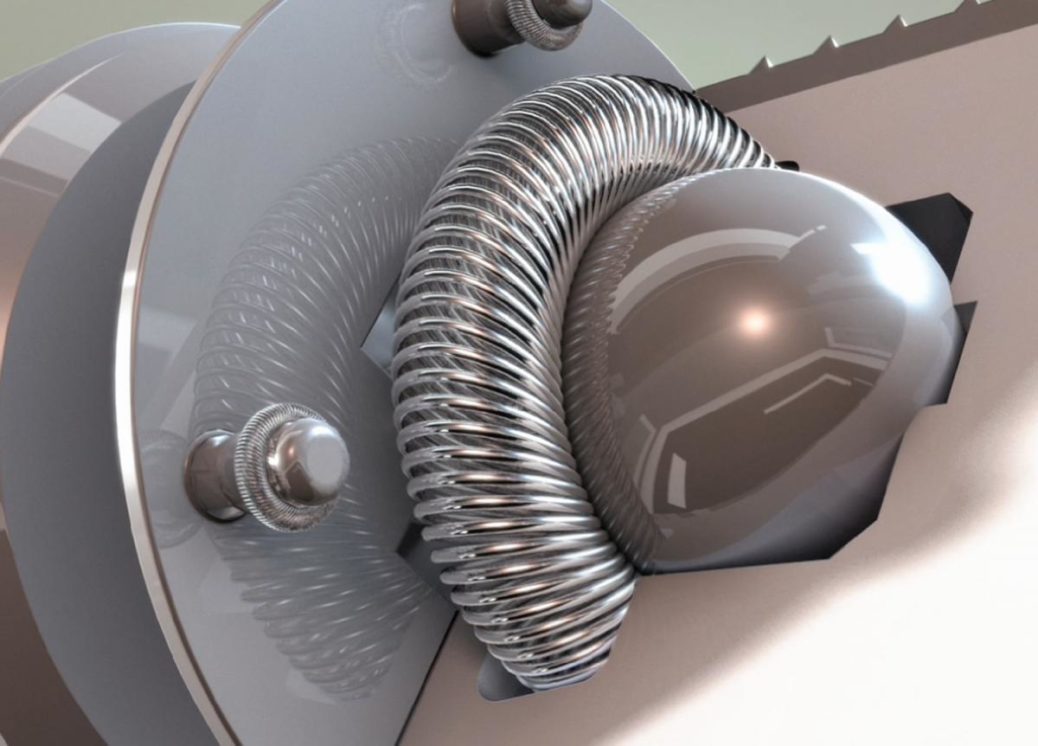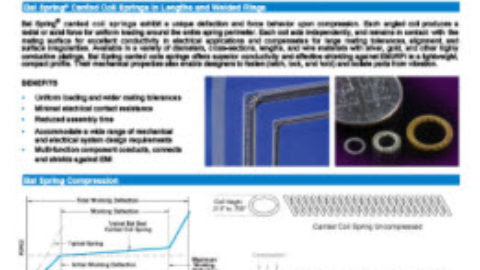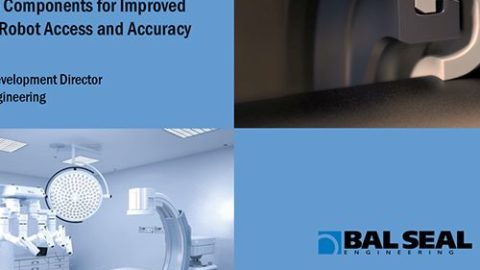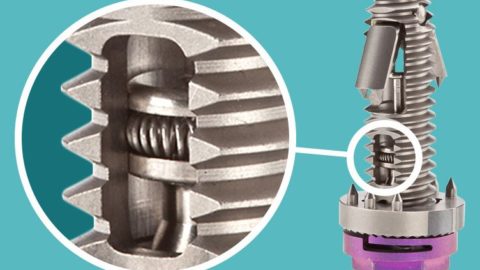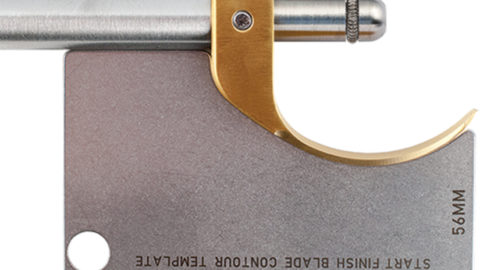When designing orthopedic and medical devices, engineers often encounter the same basic challenge: they need to connect two mating surfaces in a repeatable, predictable fashion.
While this may sound like a straight-forward task, there are hundreds of ways to accomplish it. Among the traditional fastening methodologies are:
- ball detents
- snap rings
- molded c-clamps
- quick connects
- O-rings
Most of these are relatively inexpensive, off-the-shelf solutions with varying life cycles, and for the most part, they work well for quick connect/disconnect applications.
However, variability is common in these standard fastening solutions, and their inherently wide tolerances can lead to poor device performance and reliability issues. Additionally, they often fall short of satisfying the unique requirements (i.e., biocompatibility, cleanability and insertion/breakaway force accuracy) of the medical industry.
Designers know that targeting cycle life, ability to withstand autoclaving, and retention of original insertion and breakaway forces are all critically important in medical device applications. But these qualities aren’t always easy to come by in a fastener.
These factors have led a growing number of device manufacturers to choose another method for reliable, repeatable fastening: the canted coil spring. In many advanced medical applications, this spring is being used to perform a variety of functions and, most importantly, to meet and maintain strict insertion and breakaway force specifications.
Canted Coil Springs: The Most Versatile Medical Device Connector
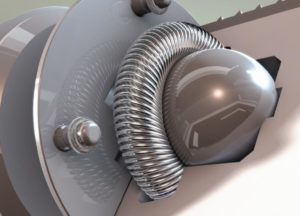
Invented more than 50 years ago, the canted coil spring consists of wire (in various materials, gauges and surface treatments) that has been precision coiled and resistance welded to a specific diameter. It’s a deceptively simple component with a lot of science behind it – and it just may be the ideal solution to your next medical device fastening challenge.
Canted coil springs are extremely versatile. They can be designed to perform major functions such as:
- Latching
- Locking
- Holding
- Electrical Contact/EMI Shielding & Grounding
Below, we’ll take a look at some medical device and surgical instrumentation applications in which these various spring functions can be employed.
Latching
The majority of medical grade canted coil springs are used in latching applications to fasten two components together on a device in accordance with the force requirements specified by the designer.
Surgical instrumentation design is trending more towards custom products for specific surgeons, and the spring makes this even easier for engineers because it enables them to tailor the instrument to the surgeon’s specific needs.
Locking
As a locking component, the canted coil spring has the potential to offer game-changing technology in the orthopedic surgical implant world.
It can lock any two pieces together during surgery using minimal force, eliminating the need for hammers and other surgical tooling, and freeing up the surgeon’s hands to conduct the surgery in a more efficient manner.
This efficiency can translate to shorter surgical procedures, and it can also reduce the patient’s exposure to multiple tools, which are sources of potential infection.
Holding
Holding canted coil springs are most often designed into surgical instrumentation.
Drill guides, sleeves or any other sliding components that require a specific amount of sliding force can incorporate a spring. The drag force can be specified during the design process, and it requires consideration of the housing dimensions, tolerances and surface finishes.
In some cases, the spring can also be customized to fit existing hardware, depending on force requirements. Their holding function can also be combined with latching in any given application. The spring can drag across a surface until it reaches a latching point. The drag force as well as the insertion and removal force can be specified for the spring.
Electrical Contact/EMI Shielding & Grounding
For years, medical device OEMs have been feeling the pressure to reduce package sizes while improving performance and reliability.
It’s no coincidence that many of these device makers have embraced the spring as an efficient means to connect and conduct electricity.
It can be used to provide electrical contact to sensors and other devices, and it performs extremely well in grounding or shielding applications for long periods inside or outside the body. In these types of applications, the spring can be used alone or in a metal housing made from MP35N or Platinum Iridium.
Choosing the Right Medical Device Connector
The canted coil spring won’t be the answer to every medical device design challenge. In fact, there may be many instances in which the variability of more traditional fastening methods will be within acceptable limits for the application at hand. But for engineers who want to advance technology and gain an added level of customization and performance from their design, the simple spring offers a proven, versatile alternative.
